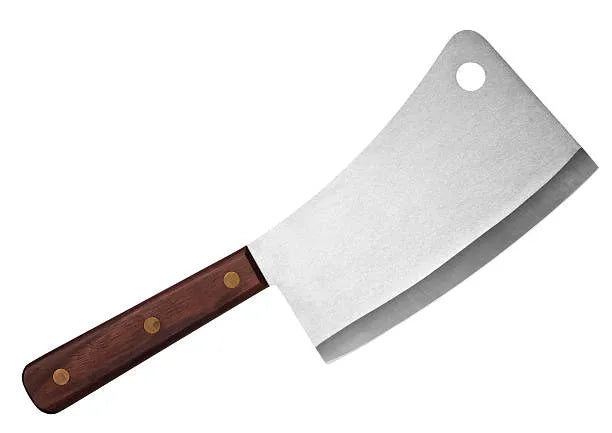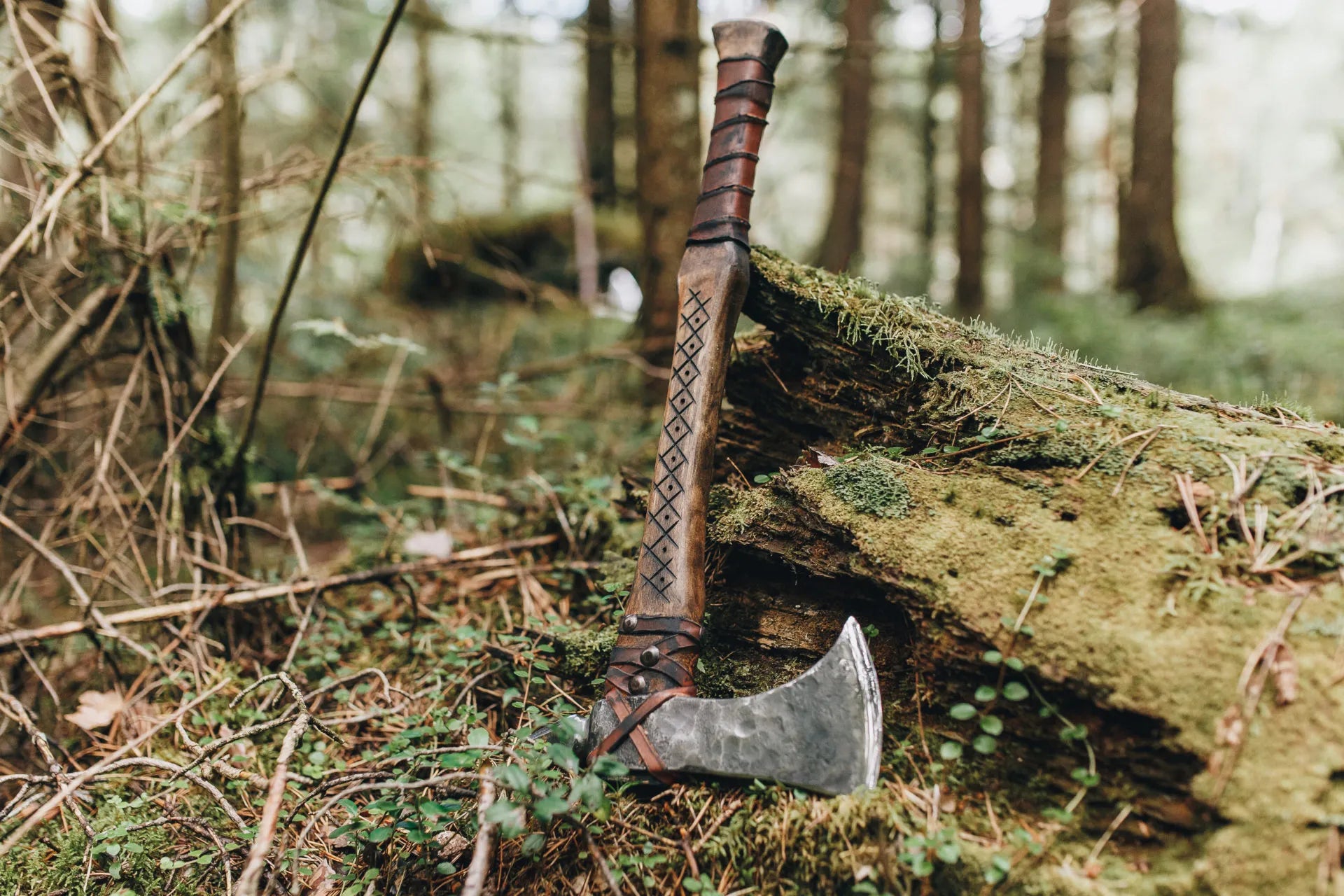How to Sharpen a Tracker Knife?
Knowing how to sharpen a tracker knife is a must for hunters, survivalists, and outdoor enthusiasts. These knives have multipurpose functions. For its special blade to work at its best, it has to be maintained appropriately. Therefore, sharpening is a crucial component for its maintenance.
To keep your tracker knife in optimal condition for your trips. Knives Hives explains how to sharpen a tracker knife and the important tools for this job.
Understanding the Tracker Knife Blade
Comprehending a tracker knife's distinctive design is critical before beginning the sharpening procedure. Usually, the blade is divided into many portions, such as:
-
The forward curve for chopping tasks.
-
The straight edge for precise cutting.
-
The serrated edge is for sawing through rigid materials.
The method is slightly more complicated than sharpening a regular knife since each component requires a different honing technique.
Essential Tools for Sharpening a Tracker Knife
You will need the following equipment to sharpen your trackers knife properly:
-
A whetstone or sharpening stone is the best tool for getting a razor-sharp edge.
-
Ceramic or diamond rods help keep the serrated edge in place.
-
Leather strop removes tiny burrs and polishes the blade.
-
Use water or honing oil with the whetstone to lessen friction and stop damage.
How to Sharpen a Tracker Knife?
Prepare the Sharpening Tools
-
Put whetstone on a leveled surface.
-
If you're using a water stone, soak it in water for five to ten minutes.
-
If you're using an oil stone, liberally add honing oil.
Sharpen the Straight Edge
-
Maintain a constant angle with the knife, usually between 20 and 25 degrees.
-
Ensure the entire edge touches the stone by stroking the blade across it, beginning at the heel.
-
Before turning the knife over and sharpening the opposite side, repeat the procedure five to ten times on one side.
Sharpening the Forward Curve
-
A similar action is needed for the forward curve.
-
However, minor changes could be necessary to keep the stone in constant contact.
-
To properly sharpen this region, use an arcing or circular motion.
Sharpening the Serrated Edge
-
Use a ceramic or diamond rod the same size as the serrations.
-
Move the rod back and forth a few times after inserting it into each serration.
-
Keep the serrations functioning at their factory angle to prevent the serrations from changing their functioning.
Stropping the Blade
-
After sharpening, polish the edge with a leather strop.
-
Pull the blade backward across the strop using the same angle as before sharpening.
-
This process increases the blade's sharpness and longevity.
Tips for Effective Sharpening
Keep Your Angle Consistent
Inconsistent angles can harm the blade and impair its functionality.
Sharpen Frequently
Regular mild sharpening is preferable to hard sharpening seldom.
Use Adequate Safety Precautions
Use caution while handling the blade and sharpen it in a controlled setting.
Examine the Edge
Make sure the blade sharpens uniformly by periodically reviewing your work.
Why Proper Sharpening Matters?
A sharp tracker knife is safer and more effective. Dull blades require more effort to cut. Therefore, there is a greater chance of mishaps and less accuracy.
Whether camping, hunting, or dealing with survival situations, a well-sharpened tracker knife guarantees that it is always prepared for cutting, chopping, and sawing jobs.
The Bottom Line
Comprehending how to sharpen a tracker knife ensures that your knife stays in top shape. The knife will last longer and perform better with proper care. It is time to use these pointers and reap the rewards of a properly cared-for blade!








